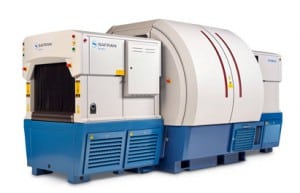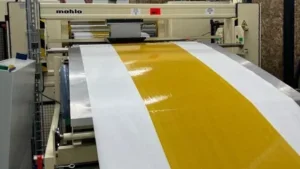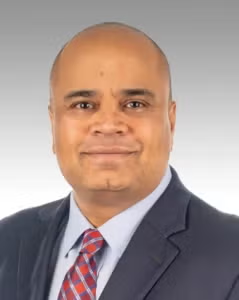
The Transportation Security Administration’s (TSA) oversight of preventative and corrective maintenance performed on its more than 9,000 pieces of security screening systems is inadequate and creates risks of shortening the life of the equipment and incurring costs to replace these systems, the Department of Homeland Security Inspector General (IG) says in a new report.“If the equipment is not fully operational, TSA may have to use other screening measures which could result in longer wait times and delays in passenger and…

 By
By 








